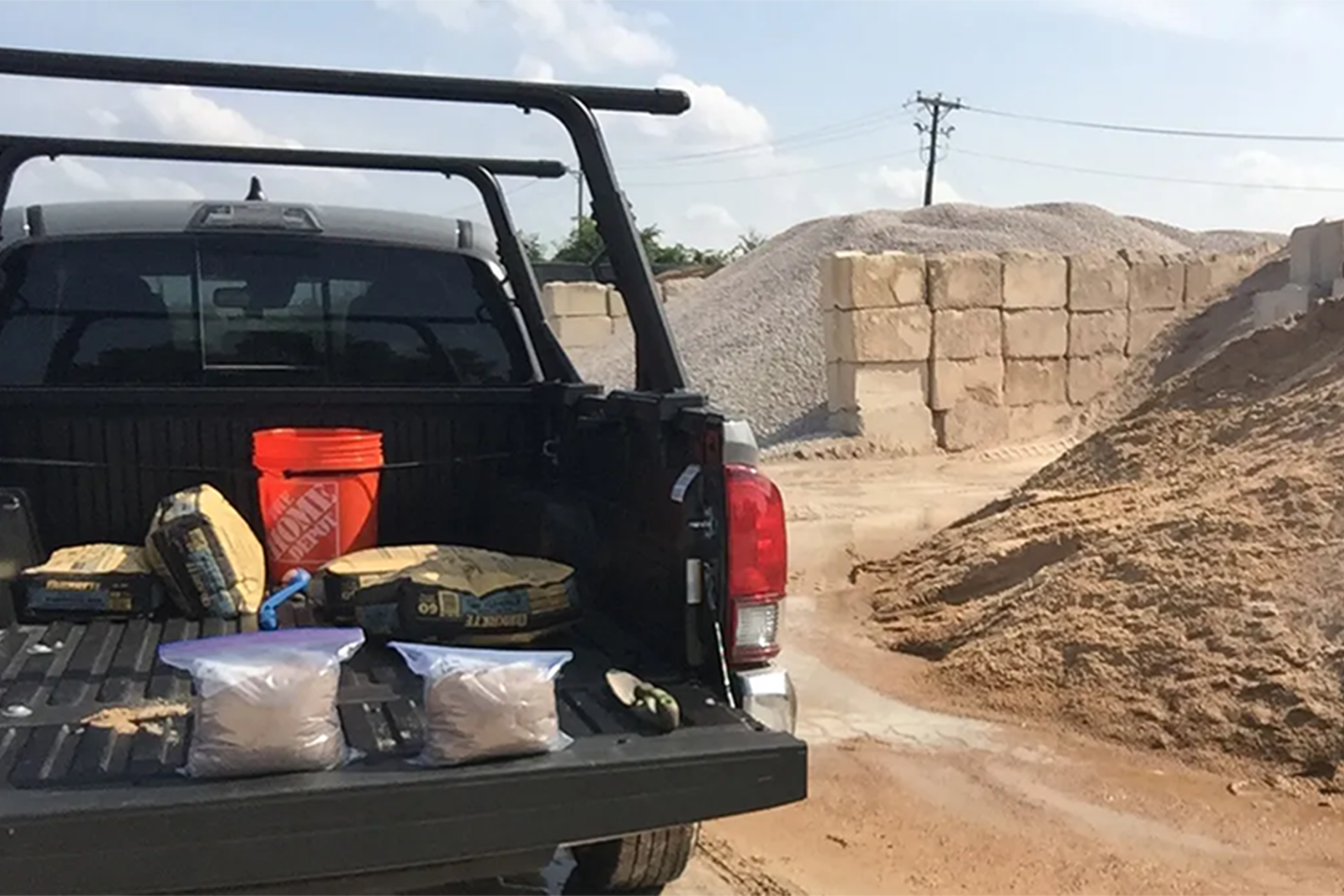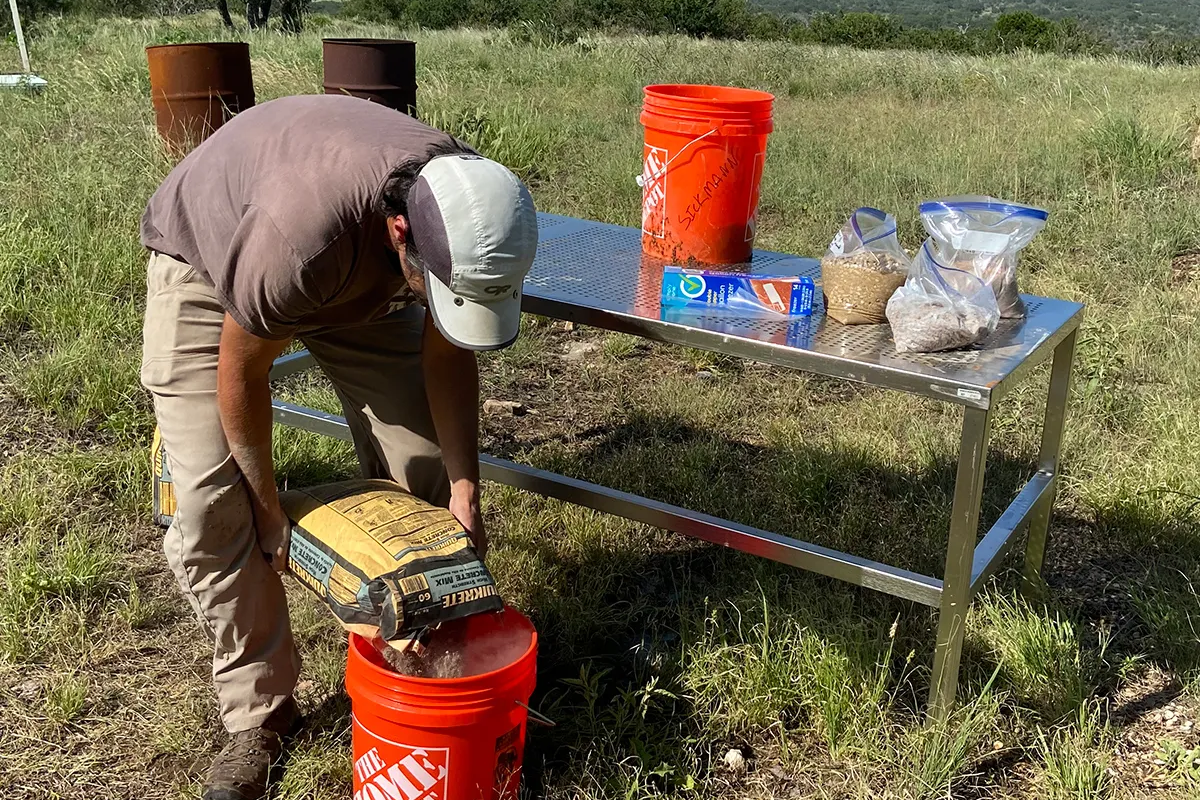In a study published in Communications Earth and Environment, Assistant Professor Zachary Sickmann from the Department of Sustainable Earth Systems Sciences (SESS) at The University of Texas at Dallas, along with his colleagues, has unveiled a novel tool to address the escalating global demand for sand. Sand, the most extracted solid material on Earth, faces challenges of illegal mining and ecological damage. Sickmann’s research focuses on tracing sand from its source to commercial use, shedding light on a critical but often overlooked sustainability issue.
An article published by AGU’s Eos discusses Sickmann’s realization that the tools used to study the movement of sand from mountains to the sea could be adapted to trace commercially sold sand. The researchers collected samples from various sand sourcing areas in Texas, tracking the composition and particle sizes throughout the industrial process. Their findings revealed that distinctive features of sand from different sources remained distinguishable, leading to the development of an algorithm, “sandID,” with a 90% success rate in identifying the original mining source for construction site samples.
“We are proud to have faculty like Zach leading the way to develop innovative new research and teaching methods for sustainable earth systems sciences.”
Dr. David Lumley, Sustainable Earth Systems Sciences department head
The tool, which could potentially become a publicly available phone app, fills a crucial gap in the sand industry by providing traceability and source assurance.


While the Texas sand supply chain serves as a starting point, Sickmann envisions expanding the practice of sand sourcing to other regional markets, particularly in Southeast Asia, where complex sand mining regulations and high demand present an ideal testing ground. The team plans to build a database of sand “fingerprints” for comparison, ensuring sustainable sand mining practices globally.
Beyond compliance tracking, the tool holds applications in examining historical buildings, offering insights into the origins of building materials. As urbanization accelerates and sand demand rises, Sickmann’s research underscores the importance of considering the environmental and human dimensions of sustainable sand sourcing to address scarcity and potential long-term impacts.